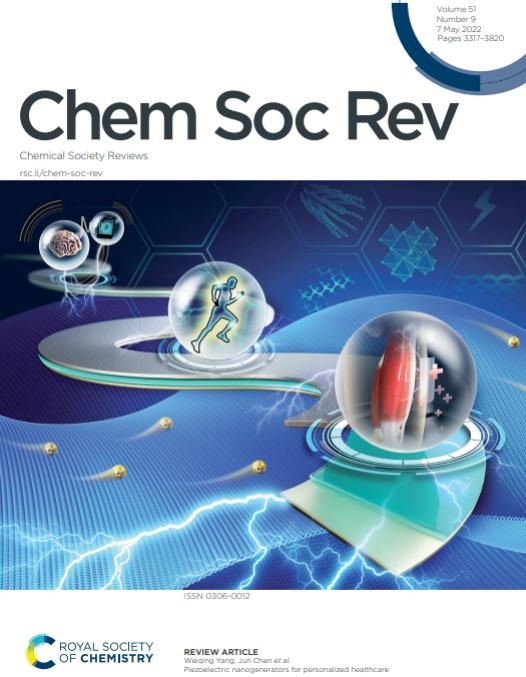Supramolecular catalysis with emerging, functional organic macrocycles and cages.
IF 39
1区 化学
Q1 CHEMISTRY, MULTIDISCIPLINARY
引用次数: 0
Abstract
The development of supramolecular chemistry has provided both conceptual inspiration and a diverse array of host scaffolds for boosting catalytic processes, thereby driving the ongoing advancement of supramolecular catalysis. Among these, covalent organic hosts are particularly notable for their structurally robust scaffolds, which not only confer stability but also allow for extensive synthetic modification and the tailored incorporation of diverse functional groups. Beyond traditional privileged macrocyclic hosts-such as cyclodextrins, crown ethers, calixarenes, and cucurbiturils, which have long served as foundational supramolecular vessels-emerging functional organic macrocycles and molecular cages represent novel host platforms and exemplify new design paradigms. By orchestrating multiple noncovalent interactions within well-defined, confined cavities, these architectures could offer new opportunities to promote catalytic innovation and expand the frontiers of supramolecular catalysis. In this review, we focus primarily on recent advances in the use of emerging functional organic macrocycles and cages for boosting catalytic processes. The discussion begins with covalent organic macrocycles, which are broadly classified into three categories: hydrogen-bonding-type macrocycles, cation-binding-type macrocycles, and π-receptor-type macrocycles. This is followed by a discussion of functional organic cage-based catalytic systems. Finally, we examine macrocyclic and cage architectures that incorporate active metal centers. Particular emphasis is placed on how these architectures leverage spatial confinement and synergistic interactions to facilitate chemical transformations, ultimately achieving high catalytic efficiency, enhanced selectivity, and novel reactivity profiles.新兴的、功能性有机大环和笼的超分子催化。
超分子化学的发展为促进催化过程提供了概念灵感和多种宿主支架,从而推动了超分子催化的不断发展。其中,共价有机宿主因其结构坚固的支架而特别值得注意,这不仅赋予了稳定性,而且还允许广泛的合成修饰和量身定制的不同功能基团的结合。除了传统的大环宿主——如环糊精、冠醚、杯芳烃和葫芦烷,这些长期以来一直是超分子血管的基础——新兴的功能性有机大环和分子笼代表了新的宿主平台,并举例说明了新的设计范式。通过在定义明确的密闭腔内协调多种非共价相互作用,这些结构可以为促进催化创新和扩大超分子催化的前沿提供新的机会。在这篇综述中,我们主要集中在使用新兴的功能性有机大环和笼来促进催化过程的最新进展。讨论从共价有机大环开始,大致分为三大类:氢键型大环、阳离子结合型大环和π受体型大环。接下来是功能性有机笼基催化体系的讨论。最后,我们研究了包含活性金属中心的大环和笼结构。特别强调的是这些结构如何利用空间限制和协同作用来促进化学转化,最终实现高催化效率,增强选择性和新的反应性。
本文章由计算机程序翻译,如有差异,请以英文原文为准。
求助全文
约1分钟内获得全文
求助全文
来源期刊

Chemical Society Reviews
化学-化学综合
CiteScore
80.80
自引率
1.10%
发文量
345
审稿时长
6.0 months
期刊介绍:
Chemical Society Reviews is published by: Royal Society of Chemistry.
Focus: Review articles on topics of current interest in chemistry;
Predecessors: Quarterly Reviews, Chemical Society (1947–1971);
Current title: Since 1971;
Impact factor: 60.615 (2021);
Themed issues: Occasional themed issues on new and emerging areas of research in the chemical sciences
 求助内容:
求助内容: 应助结果提醒方式:
应助结果提醒方式:


